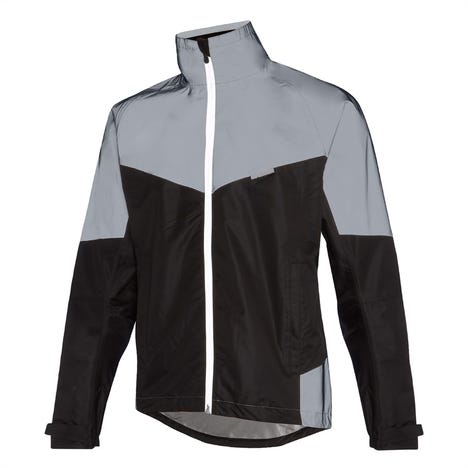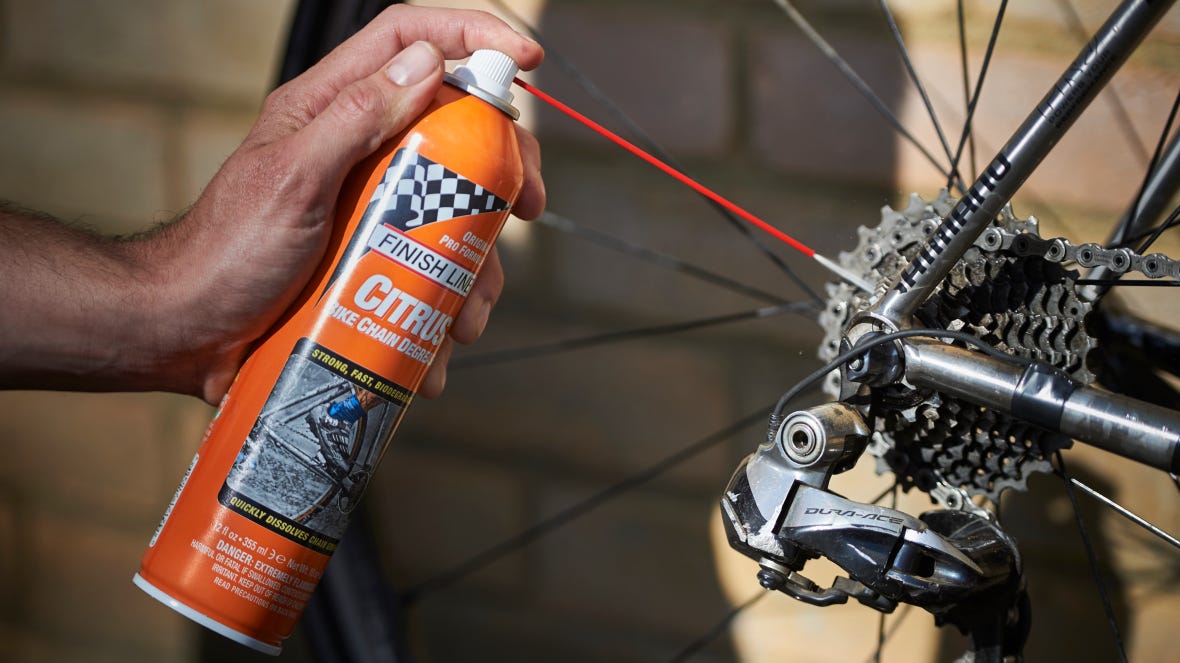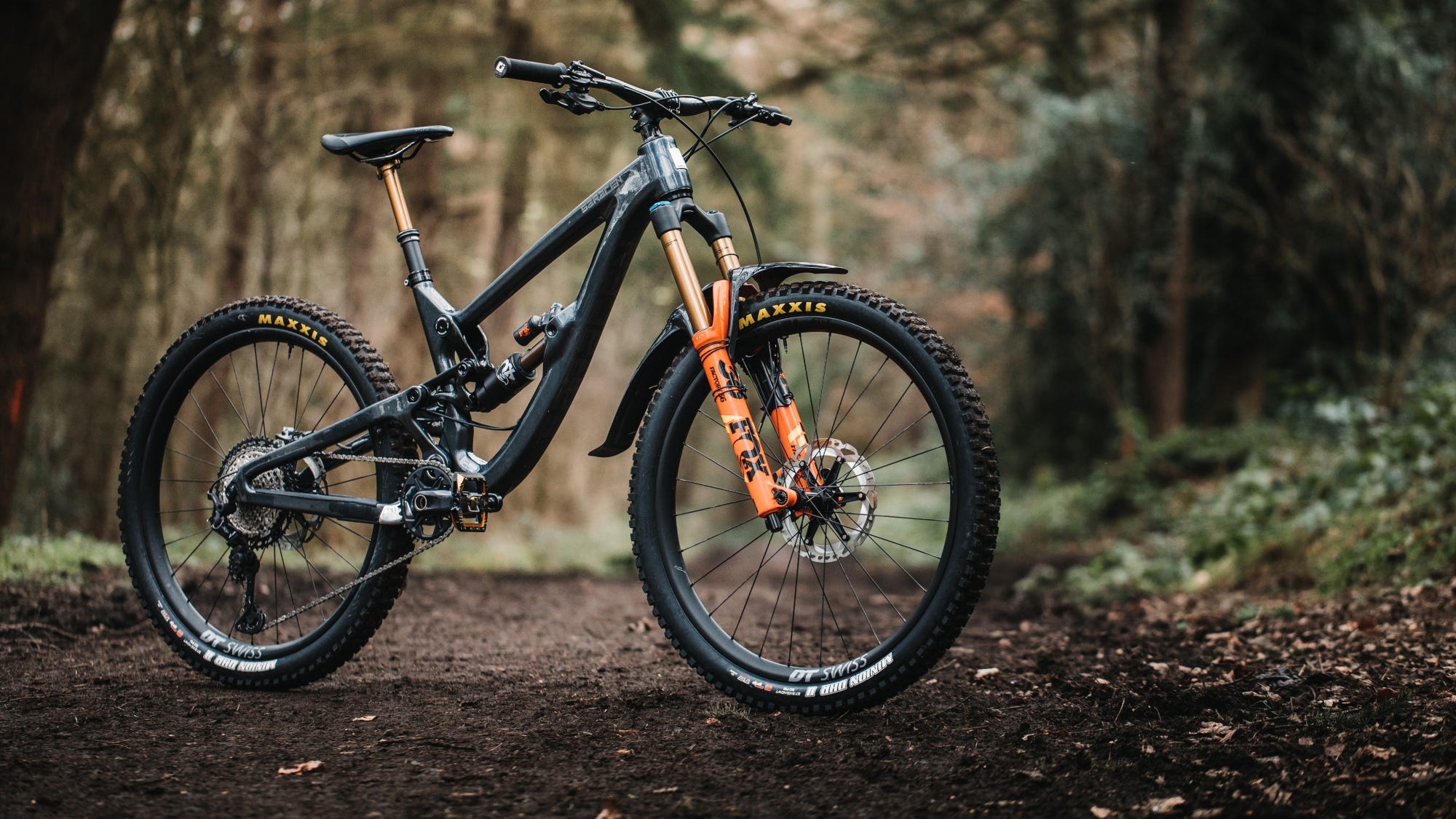Bike lights and reflective things
It's November, light is an issue. Make sure you dont get caught out now that the evenings close in early by kitting yourself out properly

The clocks have changed now, so it’s time to get those bike lights out. There’s nothing more important while riding during autumn and winter than making sure you’re visible on the roads, and a solid set of lights is a good place to start.
For lots of us, the clocks changing doesn’t mean immediately switching to only riding indoors, so here’s a guide to the best of the kit designed to keep you seen while you rack up those low-light miles on or off-road.
Front lights
As the thing that lets you see where you’re going at night, front lights are one of the most indispensable things for a bike rider. The caveat to that is that if you’re riding in a city where it’s well-lit, you don’t actually need a light that’s powerful enough to help you see, more a light to help other people see you.
For a road rider on unlit roads, you’ll probably want to start at around 800 lumens but just as important as power is the beam spread. Basically, you can have the most powerful light in the world, but if the beam is so wide that it’s lighting up the hedges and sky as much as the road in front of you it’s probably not going to be much use. What you want is a beam that focuses on the road and fans out gently so that most of the power is centred on the parts of the road you need to see (and avoid) most.
Rear lights
Rear lights are the ‘be seen’ essential. The rear light is what shows other road users that you’re there as they approach - which is incredibly important at dusk/night no matter whether you’re in the middle of a city or out in the sticks with only the stars for company.
Unlike front lights, rear lights don’t really need to be super powerful as you’re not using them to see where you’re going. Even a 60-lumen light has plenty of punch and there aren’t many on the market that’ll put out a great deal more than 100 lumens even on max setting.
One that does is Light and Motion’s Vis 180, which actually kicks out 150 lumens at max. the 180 in the name comes from another handy feature, which is the size visibility (the light has 180 degrees of visibility – get it?). Our favourite setting is ‘safepulse’ mode, where you have 6hrs of the light pulsing at a max of 180 degrees. This is instead of flashing, which has the bonus of attracting attention from other road users but without causing a distraction.
If you’re going for as many safety features as you can find, then Cycliq’s Fly 6 might be more your bag. It pairs a high power rear light with a HD camera so you can record what’s going on just in case something untoward happens.
Off-road lights
If you’re riding off road at night, you need a light that’s a good deal more powerful than for road riding in equivalent conditions. That’s because there tends to be a whole lot more happening off-road that you need to see, rather than the odd pothole or small mammal that you might see as you roll along the tarmac.
You might also want to think about having a light on your helmet – as opposed to just having one on the handlebars – that will point exactly where you’re looking and illuminate those areas that a fixed light just can’t get to.
Reflective and high-vis clothing
Before we get into this bit, let’s make this clear: no amount of other stuff makes up for a good set of lights. You can be so hi-viz that your skin is reflective, but having something that gives out its own light rather than relying on outside light sources is the very best thing for riding at night or in poor light conditions.
Having said that, we’re big fans of the ‘more is better’ approach, and backing up your lights with some high-vis or reflective clothing is a smart thing to do. Some commuter-style jackets are almost completely high-vis now (have a look at what Hump offers and you’ll see what we mean), but even seemingly small touches like reflective logos or stripes can make a big difference.
All of Pearl iZUMi’s bib shorts and tights have reflective logos, and their jackets have reflective touches too, all of which add up when you’re out riding at night.
One other innovation from Pearl iZUMi comes in the form of BioViz. Far from just another high-vis thing, BioViz has been designed from the perspective of drivers and has been real-world tested to make sure it grabs attention. It’s a system that combines 3M reflectivity, true fluorescents and the movement of the rider to make sure that you’re seen on the road.
That brings us onto one of our favourite places for high-vis and reflectives – your feet. As the only bit of you that’s constantly moving on the bike, feet are perfect places to attract attention and so flashy overshoes are far more than just a fashion statement.
Other eye-catching kit and accessories
One other bit of kit that gets a bad rap from a ‘bike fashion’ point of view is reflective tyres. Sure, they might not be the coolest things in the world, but if you’ve ever seen a set of headlights hit some reflective sidewall stripes side-on then you know just how effective they are – the perfect bit of kit for anyone who has a lot of roundabouts or crossroads on their regular winter riding route. There’s nothing cooler than making it home safely.
If you’re keen to really accessorise your visibility then Hump’s sticker sheets are the perfect way to make anything you want a little more visible in the dark. They come in both reflective and high-vis versions and you can add them to almost anything. Similarly, Hump’s ankle and wrist bands are a great old-school way to make your normal clothing a bit more visible. These are neoprene with a Velcro closure, so they’re more secure than those snap-on ones that can move around as you ride.




